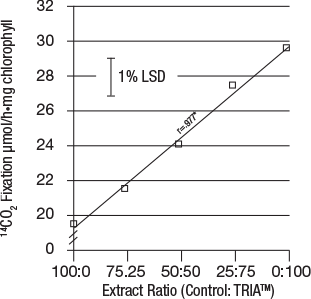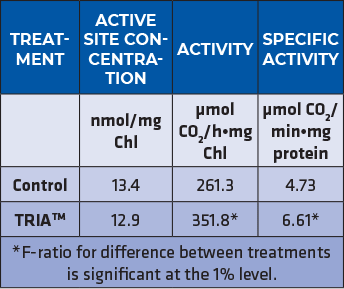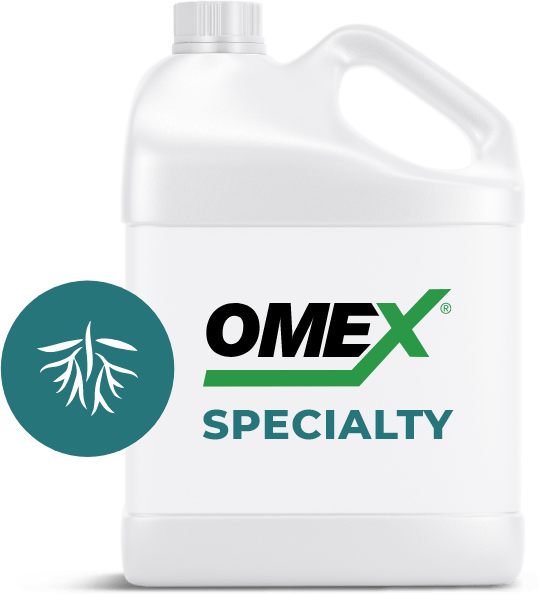
TRIA


The Natural Biostimulant
ANALYSIS: 0.5% TRIACONTANOL
What is It?
- CFIA-registered supplement: Reg. # 2018063A, Fertilizers Act.
- Triacontanol is a plant growth regulator naturally found in plant epicuticular waxes & beewax.
- It is present in abundance in the leaves of most plants.
- Triacontanol affects many aspects of crops growth and development including photosynthesis; protein synthesis; uptake of water and nutrients; yield; seed and fruit number, size and quality; and oil production.
- Triacontanol triggers the release of Adenosine, a fast-acting second messenger important for the regulation of transpiration and translocation of sugars, amino acids, soluble proteins, and fatty acids in various crops.
When & Why Use It?
- The product is recommended on all crops including field, horticultural and vegetable crops as well as fruit trees, turf and ornamentals.
- Include low doses with all sprays.
- Use to enhance growth and protect against abiotic stress.
What to Expect?
- An improved growth and development especially under stress conditions.
- Better regulation of water use efficiency (WUE).
- Better translocation of sugars and other metabolites.
- Enhanced oil content in oilseeds.
- Good yield along with quality.
Application Guidelines
- Include TRIA™ with dry or liquid fertilizer applied in-furrow.
- Include with all foliar sprays.
- Apply with enough water to guarantee a uniform coverage.
- DO NOT exceed the recommended rates in ml/ac (mg a.i./ac).
- Applying higher rates at one time can have negative effects on growth and development.
*
Findings




